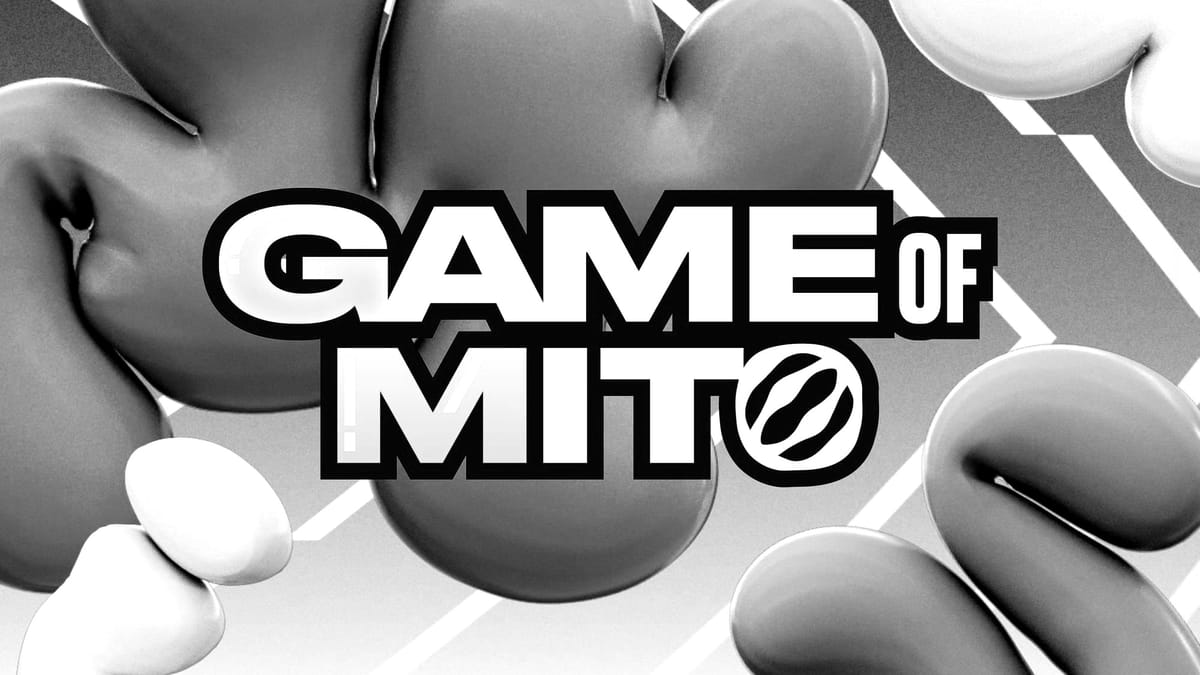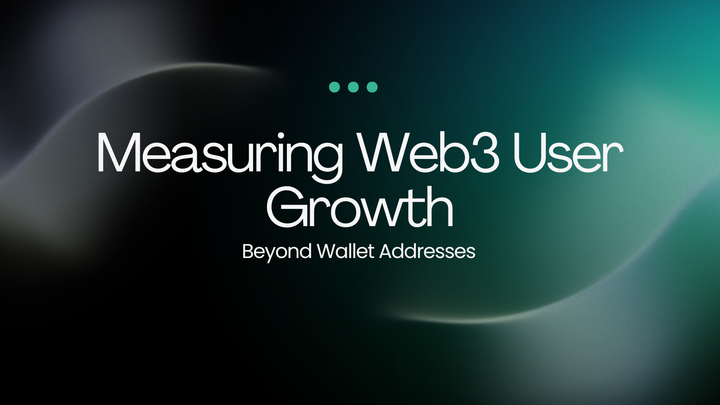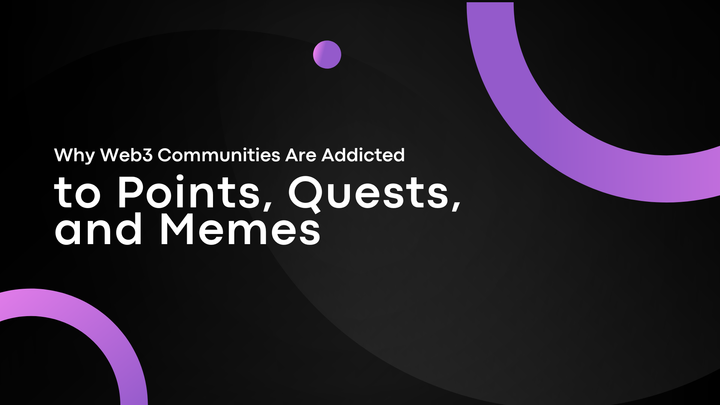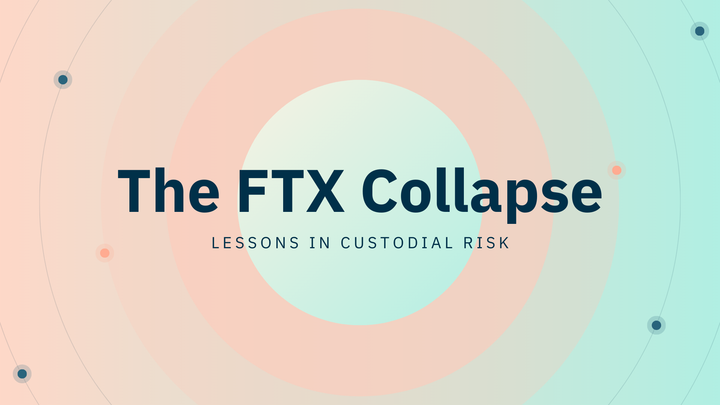Exploring Layer 1 Projects Compatible with Mitosis for Next-Gen DeFi Innovation

As the blockchain landscape evolves, interoperability and cross-chain liquidity are increasingly becoming fundamental aspects of decentralized finance (DeFi). A pioneering project in this area is Mitosis, a Layer 1 blockchain that presents the idea of Ecosystem-Owned Liquidity (EOL). This innovative approach seeks to enhance capital efficiency for liquidity providers, protocols, and developers while allowing decentralized applications (dApps) to take advantage of seamless liquidity across multiple chains.
However, Mitosis's success relies on its capability to collaborate with other Layer 1 blockchains and their distinct characteristics. In this article, we examine the untapped collaboration between Layer 1 projects and Mitosis, looking at their potential to reshape the blockchain ecosystem.
Ultimately, you will have a more profound insight into how these technologies enhance each other, revealing possibilities for developers, investors, and the broader Web3 community.
The Role of Layer 1 Projects in Blockchain Ecosystems
Layer 1 projects serve as the fundamental backbone of blockchain technology. These protocols establish the infrastructure for processing transactions, executing smart contracts, and ensuring network security. In this section, we examine the crucial functions that Layer 1 projects fulfill within blockchain ecosystems, their challenges, and how innovations like Mitosis could create new opportunities.
Layer 1 projects are the primary blockchain networks, including Bitcoin, Ethereum, Solana, and Avalanche, amongst others. These networks are tasked with the direct maintenance and protection of the decentralized ledger.
These protocols tackle the blockchain trilemma: scalability, decentralization, and security. For example, Bitcoin prioritizes security and decentralization but faces challenges with scalability, processing only 7 transactions per second (TPS). On the other hand, Solana achieves significant throughput (over 65,000 TPS) through unique mechanisms such as Proof-of-History (PoH), although this may compromise decentralization.
Layer 1 protocols play an essential role in decentralized applications (dApps), non-fungible tokens (NFTs), and decentralized finance (DeFi). Ethereum is at the forefront of hosting DeFi platforms, but issues like network congestion and high fees highlight the necessity for solutions that improve scalability and interoperability. Innovations like sharding, rollups, and Mitosis are crucial for addressing these challenges and facilitating global adoption.
Introduction to Mitosis and Its Benefits
Mitosis is an innovative blockchain protocol that addresses key challenges in decentralized finance (DeFi), such as scalability, liquidity optimization, and cross-chain interoperability. At its core, Mitosis employs a modular scaling approach to create efficient and secure pathways for the exchange of capital and data across multiple blockchain ecosystems. The design emphasizes seamless interchain liquidity through unique features like Ecosystem Owned Liquidity (EOL) and miAssets, making it a transformative solution for DeFi participants.
Key Features of Mitosis
- Ecosystem Owned Liquidity (EOL): Unlike traditional liquidity pools that depend on individual contributors, Mitosis utilizes Ecosystem Owned Liquidity, where the protocol itself manages and owns the liquidity. This approach reduces risks such as impermanent loss and enhances capital deployment. Consequently, liquidity becomes more predictable and stable, benefiting all stakeholders within the ecosystem.
- miAssets: miAssets are modular tokens designed to facilitate liquidity and transactions across different blockchain networks. They serve as universal representations of liquidity, allowing for efficient transfers between Layer 1 and Layer 2 networks. For example, miAssets enable seamless swaps between Ethereum, Solana, and Avalanche, eliminating the need for centralized exchanges or costly bridges.
- Multi-Chain Interoperability: Mitosis utilizes Ethereum's EigenLayer for security, creating a secure and modular architecture. This design enables projects to access liquidity pools and assets across multiple blockchains, promoting collaboration between ecosystems and allowing for new use cases.
Who Benefits from Mitosis?
- Liquidity Providers (LPs): LPs enjoy reduced impermanent loss and increased yield opportunities due to Mitosis's EOL model, which strategically allocates funds across DeFi protocols. This approach ensures a steady flow of returns while minimizing risk.
- Builders and Developers: Mitosis provides tools and support to help developers create scalable and interoperable decentralized applications (dApps). Programs like Genesis Builders foster innovation by offering infrastructure, resources, and opportunities for community engagement.
- Protocols: Protocols that utilize Mitosis benefit from access to deeper liquidity pools and enhanced cross-chain interoperability. This approach eliminates ecosystem silos, reduces costs, and improves scalability, making these protocols more appealing to users and investors.
- End Users: Mitosis is focused on improving usability by delivering faster transactions, lower fees, and simplified asset movement across different chains. This commitment enhances user experiences across decentralized finance (DeFi), non-fungible tokens (NFTs), and gaming ecosystems.
Mitosis represents a significant advancement in decentralized finance (DeFi) by addressing key challenges related to scalability and interoperability while enhancing capital efficiency and security. Its modular and user-friendly infrastructure allows for the seamless connection of isolated ecosystems, making it a fundamental element in the evolution of the blockchain industry. As the decentralized economy expands, Mitosis ensures that all participants—from liquidity providers to developers—have access to the necessary tools and resources to thrive in a multi-chain environment.
Layer 1 Blockchains Mitosis Can Synergize With
Mitosis has significant potential to integrate effectively with several prominent Layer 1 blockchains by utilizing its modular scaling capabilities, particularly through the introduction of miAssets, which enhance cross-chain liquidity and trading. Below are some key Layer 1 blockchains and the unique synergies that Mitosis can establish with them:
Ethereum
Ethereum remains the most robust Layer 1 blockchain for smart contracts and DeFi applications. However, its scalability challenges and high transaction fees pose barriers to mass adoption.
By introducing miAssets, Mitosis can significantly enhance liquidity aggregation across Ethereum-based DeFi platforms. Leveraging Ethereum's security foundation through EigenLayer, Mitosis enables protocols to take advantage of modular scaling while seamlessly connecting liquidity pools across both Layer 1 and Layer 2 networks.
Avalanche
Avalanche is recognized for its subnets and ability to achieve high transactions per second (TPS), making it an ideal platform for DeFi and NFT projects. However, it often faces challenges with liquidity fragmentation throughout its ecosystem.
Mitosis's capability to pool miAssets across Avalanche's subnets can effectively address this liquidity fragmentation by serving as a unifying layer. This solution ensures smoother interchain asset transfers, improving efficiency for both developers and users on Avalanche.
Binance Smart Chain (BSC)
BSC is widely adopted for its low-cost and high-speed transactions. However, it faces criticism for being centralized and has challenges when it comes to bridging assets from other ecosystems.
Mitosis offers secure and decentralized routes for miAssets, which improves cross-chain interoperability with BSC. This enhancement benefits DeFi and gaming applications by enabling seamless liquidity sharing.
Solana
Solana stands out for its high throughput and low fees, making it an attractive option for gaming and NFT projects. However, it struggles with ecosystem silos.
By integrating miAssets, Mitosis can bridge Solana's ecosystem with other blockchains, providing developers and users access to larger liquidity pools and enhancing capital efficiency.
Conclusion: Transforming L1 Blockchain Ecosystems with Mitosis
The development of blockchain ecosystems relies on addressing challenges related to scalability, liquidity fragmentation, and cross-chain interoperability. Layer 1 projects serve as the backbone of blockchain technology, providing essential infrastructure for decentralized applications. However, their limitations in scalability and capital efficiency require innovative solutions. This is where Mitosis emerges.
Mitosis introduces a novel approach that leverages ecosystem-owned liquidity (EOL), miAssets, and multi-chain interoperability to tackle these challenges. It optimizes liquidity, reduces costs, and facilitates seamless cross-chain transactions. Its compatibility with major Layer 1 blockchains such as Ethereum, Avalanche, Binance Smart Chain, and Solana underscores its transformative potential. By working together, these technologies can enhance scalability, improve user experiences, and create new opportunities for developers, liquidity providers, and protocols.
Mitosis offers a range of benefits tailored to different participants in the blockchain ecosystem. For liquidity providers, it reduces risks like impermanent loss while maximizing yields through smart liquidity deployment. Developers gain access to tools that help them build scalable and interoperable decentralized applications (dApps). Protocols benefit from Mitosis by breaking down ecosystem silos, which enables them to tap into extensive liquidity pools. End users experience faster transactions, lower fees, and easier cross-chain asset transfers.
As blockchain adoption continues to grow, Mitosis could play a pivotal role in the evolution of decentralized finance (DeFi). Will EOL become the new standard for liquidity management? How will cross-chain interoperability transform the future of DeFi? These questions underscore Mitosis's significant potential to create a truly interconnected blockchain landscape filled with opportunities.



Comments ()